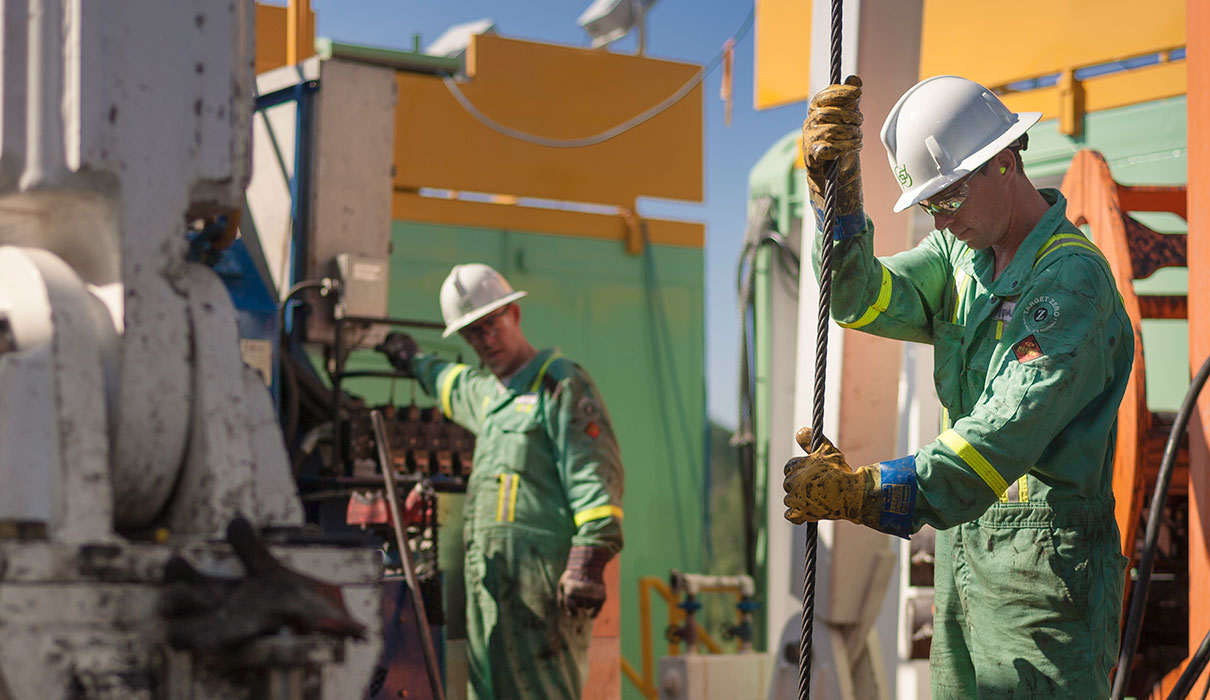In recent years, value investing has played second fiddle to growth investing. But now could the stage be set for its return to the limelight? Franklin Mutual Series CEO Peter Langerman weighs in with his thoughts and explains why he is optimistic.
We believe macroeconomic developments in the United States and elsewhere could prove a fillip to value investing after several years of underperformance.
The combination of suppressed interest rates and low volatility has contributed to an extended period in which the performance of value investing has lagged growth investing.
But as we shift from what may be perceived as abnormal conditions to more normal conditions—when there is some degree of volatility and a higher interest-rate environment—we think the equilibrium between growth and value will also normalize.
We are not predicting that there’s going to be a period of dramatic value outperformance versus growth. Rather, fundamentals suggest to us there should be more of an equilibrium reached.
And so, we think it’s an environment that’s more attractive for us as value investors than it has been for the past several years.
The Return of Volatility Offers Opportunity
The global political environment certainly makes daily life interesting and may from time to time play a role in increased market volatility.
We see volatility as an opportunity, particularly where the market is trading on shorter-term technical assumptions. Our job as long-term, bottom-up investors is to filter out the noise and to focus on fundamental valuations.
Of course, some of these developments do have impacts. Issues such as tariffs or taxation can have a real economic influence.
We look for those developments that are likely to have a longer-term earnings impact or that could affect stock valuations, rather than those pronouncements that might be reversed tomorrow, and then reversed again the next day.
We see this approach as an opportunity set. People tend to react very quickly to events, but our longer-term perspective can allow us to take advantage of situations where we think markets have over-reacted or misinterpreted.
Rising Rates, But Not Too Fast
We think most people have recognised that the period of artificially low interest rates seen around the world is not a permanent state of affairs.
Markets globally are emerging from an abnormally low interest-rate environment that has been influenced in large part by central bank decision-making globally.
In general, we consider rising rates to be reasonably positive, if done on a controlled basis. If there were to be too much of a spike in rates, that could prompt some recessionary concern. However, rising rates can be considered a reflection of better economic activity. Rising employment and economic growth are positives.
Over the past 12-18 months, our view has been that banks could be modest beneficiaries of a slightly rising-rate environment.
But “slightly” is the key word there.
There’s a risk if the US Federal Reserve (Fed) were to fall behind the curve in its current tightening cycle, it might find itself having to respond aggressively to too-high inflation.
An overly aggressive central-bank approach could suppress economic growth. But so far the path that the Fed and other global central banks have taken seems prudent to us.
Taking a Global View
As global investors, our investment decisions are not based on our view of a specific country, or even on our view of a specific sector within a country. Our decisions are based on overall valuations.
We want our stockpicking to be our differentiator.
*****















